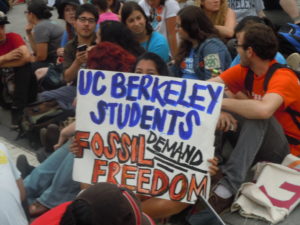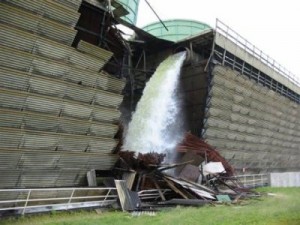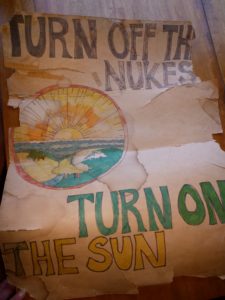Why the Climate Justice Movement Needs Diversity
Recently, a reporter asked questions about diversity and the environmental movement. I spent a long time responding because I wanted to share it (with slight adaptations) with you, too. Here we go:
1. If possible, could you explain why diversity is so important
for the environmental movement?
- Everyone loses when people of color or of lower income see the environmental movement as something for white people or rich people. To win the battle, all sectors of society need large majorities who will support the behavior changes and own the issue.
- Many poor communities/communities of color are hit much harder by industrial pollution (e.g., coal plants and refineries in poor neighborhoods) or—both globally and in the US—are at higher risk for climate-change-related flooding, drought, etc.
- In the time of a government that is openly hostile to poor people, people of color, and the planet, the rise of intersectionality—seeing multiple issues as linked—has been a major factor in the resistance. We are all stronger when we are all looking past our own immediate self-interest into building a movement.
- A key piece in fighting climate catastrophe is increasing neighborhood food self-sufficiency. Many poor communities are food deserts, with wildly inadequate service from supermarkets, low quality overpriced food in convenience stores, and often, a junk food culture. Turning urban rooftops and empty lots into high-quality organic food production can create not only better health outcomes but also address climate change (removing the long distances food is transported, oxygenating polluted air, keeping water from contact with roofing materials, etc.) AND economic disenfranchisement (creating jobs, lowering food costs). I have even visited a successful urban farm on the roof of an eight-storey building in the heart of the South Bronx.

Multicultural contingent at a climate march. Photo by Shel Horowitz.
2. Climate change hurts all living things, but there are issues
that specifically hurt people who aren’t white, straight,
privileged. What are these issues, and what organizations
actually work to make these issues well-known, and matter?
3. In general, could you explain why an inclusive environmental
org staff is one of the most important assets an environmental
organization, and the movement, can have?
- People respond best to those they see as like them. If an organization only has white, economically comfortable, straight staffers, it be a lot tougher to organize in the communities that need it most.
- As a movement, we are much stronger in diversity. Working with people of different backgrounds and cultures lets issues surface and be addressed. A white person from the suburbs may not analyze a situation the same way as a person of color from an inner city neighborhood. By recognizing the value of many different perspectives, solutions arise that are more holistic and more likely to be implemented. As a child growing up in NYC, I never thought about community food self-sufficiency until my teens. People who grew up in the farm community where I live now have been living and breathing it their whole lives. But I knew a lot about mass transit, housing density, and other things that are out of the context of my rural neighbors where I live now.
- We need to walk our talk around inclusiveness and intersectionality—and show up for other communities when they need us. Not just so they show up for us, but because it’s the way the world should work.








